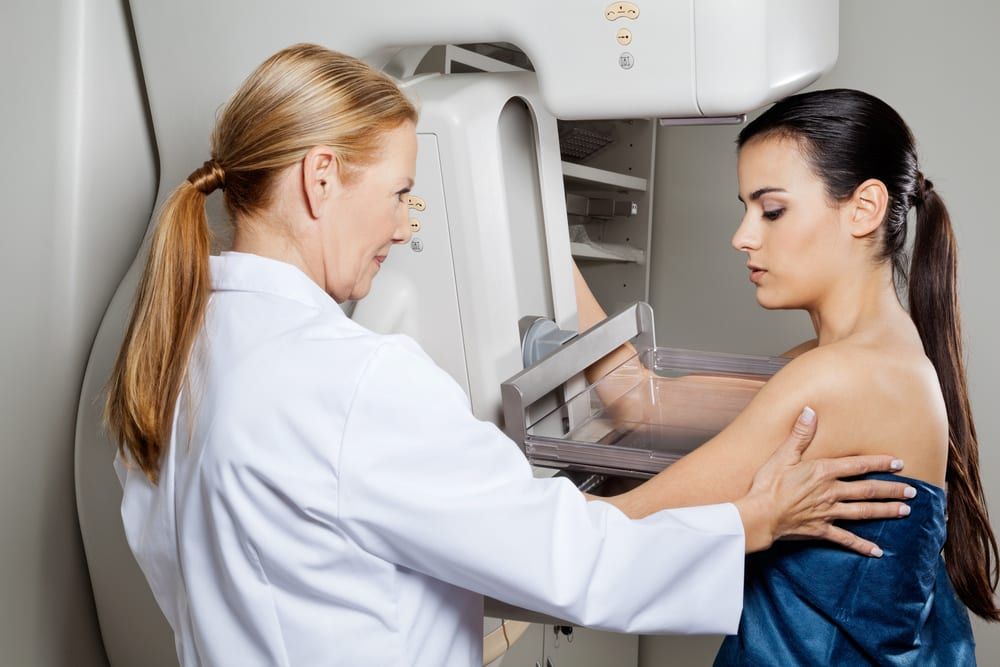Breast cancer occurs when abnormal cells begin to grow in the breast; these abnormal cells can then spread to the rest of the body. Hormone levels, lifestyle habits, and the environment are all factors that can influence the growth of cancer cells. Breast cancer screenings are the best way to detect breast cancer early.
Did you know…
Detecting breast cancer in early stages reduces the risk of dying from breast cancer by 25-30%, and sometimes even more.
There are several types of breast cancer screenings available. Your doctor will determine with test is right for you. First, there are breast mammograms, which is an x-ray of the breast is the most common screening. There is also breast magnetic resonance imaging (MRI). Breast MRIs can create a clearer image of the inside of the breast.
Because breast cancer is one of the most common forms of cancer among women, all women should be screened for breast cancer. In general, it is recommended that a woman consider annual mammograms beginning at age forty. However, all women over the age of forty-five should definitely receive a mammogram every year. To determine when is the right age to begin these screenings, you should discuss the options with your doctor.
There is the chance of receiving a false positive from the screening which can induce unnecessary anxiety. This means that something that looks like cancer was detected, though none exists. On the other hand, there may be a false negative which can delay the onset of cancer treatment. A false negative is when no signs of breast cancer are detected by the screening, despite cancer cells existing. Overall, there are more benefits to screenings than harms.

